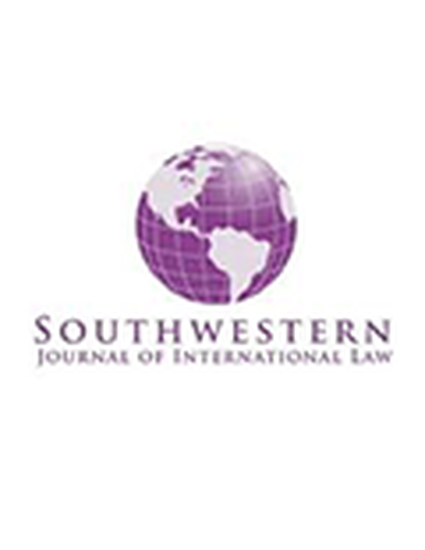
When certiorari was granted in J. McIntyre Machinery, Ltd. v. Nicastro, 131 S. Ct. 2780 (2011), many hoped that the Supreme Court would provide much-needed clarification to the area of personal jurisdiction. It didn’t. The Court failed to generate a majority opinion, splitting into Justice Kennedy’s four-Justice plurality, Justice Breyer’s two-Justice concurrence, and Justice Ginsburg’s three-Justice dissent.
This essay – for the Southwestern Journal of International Law’s 2012 symposium “Our Courts and the World: Transnational Litigation and Procedure” – examines how state and federal courts have been using the McIntyre decision. Some lower court opinions have mistakenly interpreted McIntyre as establishing new constitutional restraints on state court exercises of personal jurisdiction, or as resolving previously open questions in favor of a more restrictive approach. These opinions misread the Justices’ opinions in McIntyre. In particular, there has been confusion about Justice Breyer’s concurrence, which explicitly disagreed with Justice Kennedy’s reasoning and was premised on a narrow understanding of the factual record in McIntyre. Many lower court decisions, however, correctly recognize that the fractured McIntyre decision does not mandate new constitutional restrictions on personal jurisdiction.
Available at: http://works.bepress.com/adam-steinman/21/
